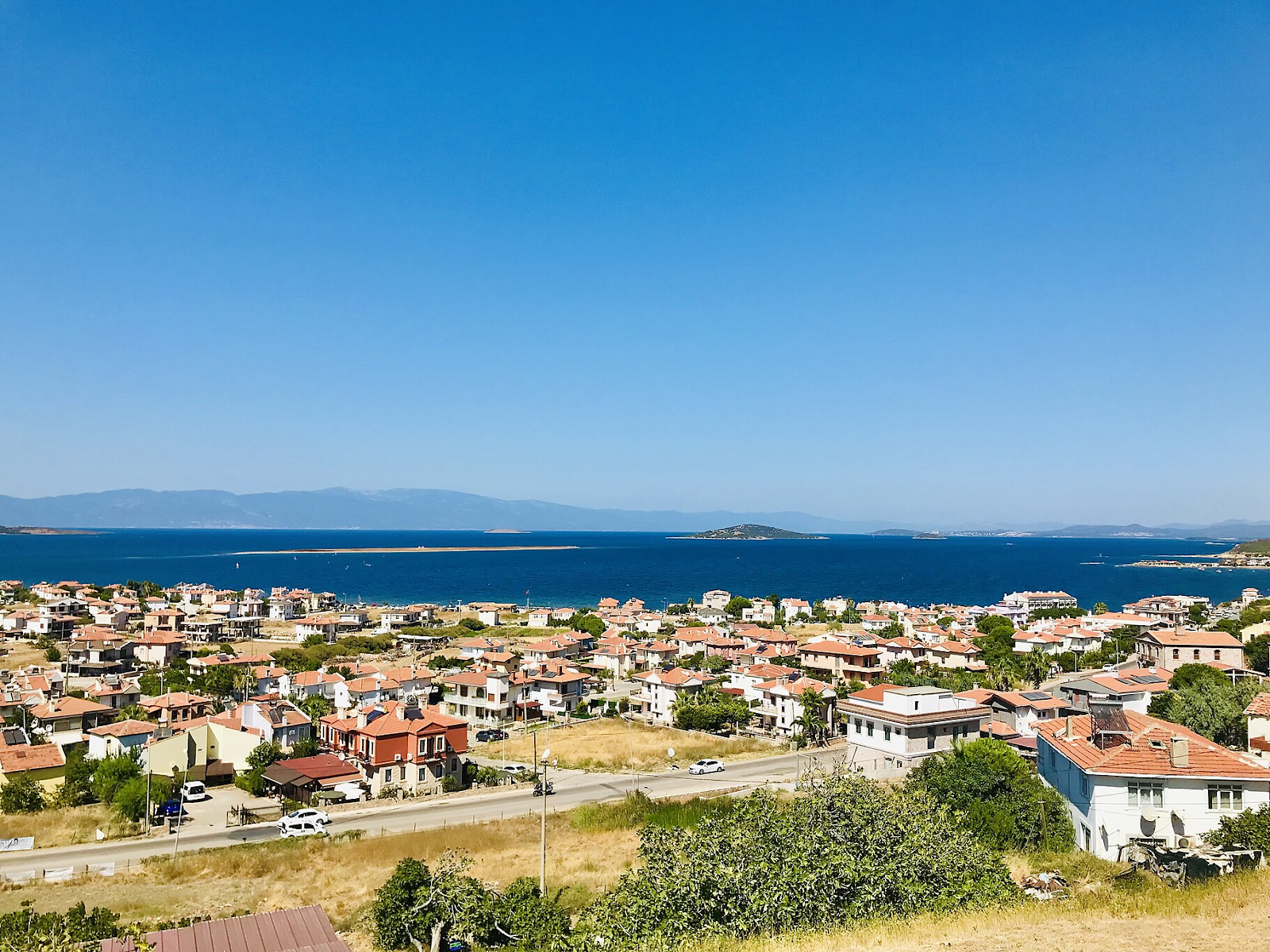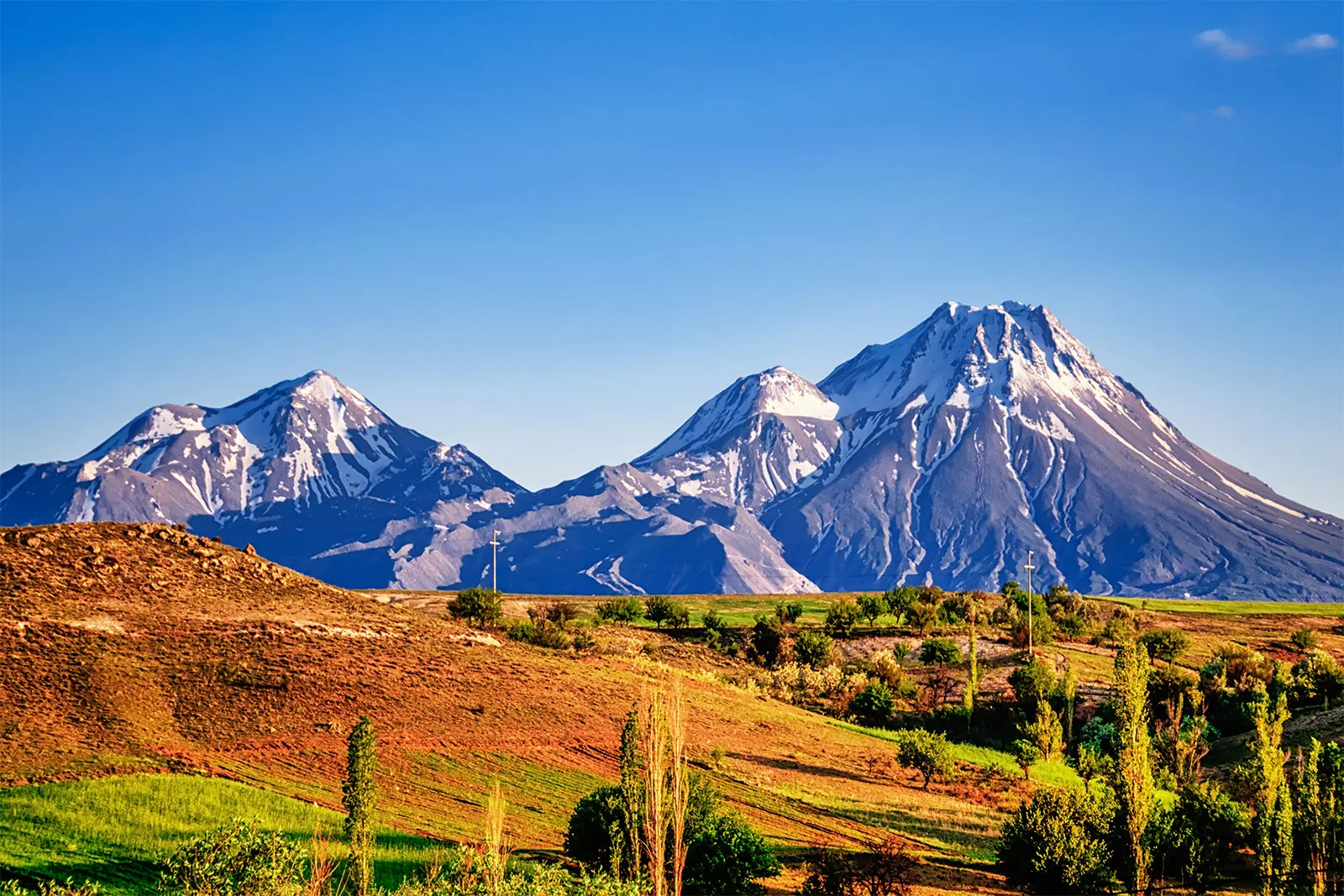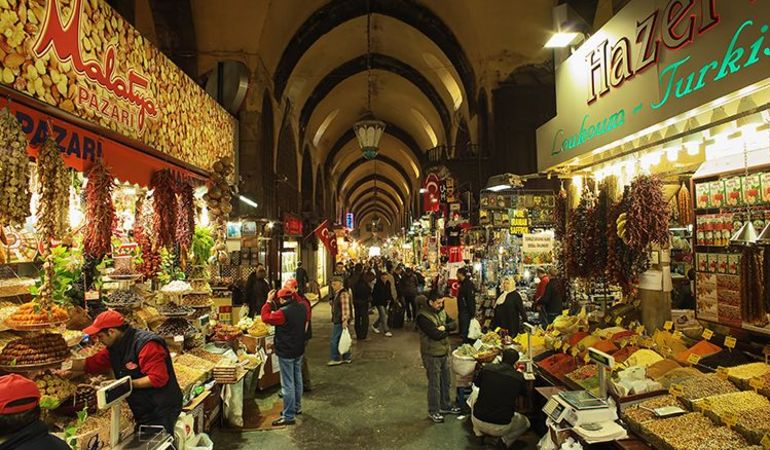BEACHES , ISLANDS , HILLS ATTRACTION IN TURKIYE
Travel for Life
Tuesday, February 20, 2024
BEACHES , ISLANDS , HILLS ATTRACTION IN TURKIYE
Tuesday, February 13, 2024
SHOPPING ATTRACTION IN TURKIYE
SHOPPING ATTRACTION IN TURKIYE
Grand Bazaar is a place that keeps lots of vanishing professions alive with their unique culture. It is the world's oldest, the biggest bazaar where the most variable products are exhibited. The bazaar includes more than 3 thousand shops and it is visited by approximately 400 thousand people. During the Ottoman Empire era, jewelry and precious hand-woven textiles were gathered in Grand Bazaar from all over the country to be sold, and it is a shopping paradise for the ones who especially appreciate traditional textiles and authentic jewelry.
How to Get There?
• Tram: Beyazit-Kapali Carsi
• Metro: Vezneciler
The Grand Bazaar is one of the largest and oldest covered markets in the world in Istanbul, Turkey. To enjoy Istanbul fully, one should definitely lose oneself in the city, and blend oneself with the city. The Grand Bazaar is the perfect place for it. The Grand Bazaar is in fact a separate world within Istanbul. It is an active, crowded, inviting, and iddispensable part of Istanbul. This bazaar attracts tourists from all over the world, and you can find not only glorious history but also antique dealers, jewelers, bag makers, leather shops, and carpet sellers -in short, everything imaginable.
Being the oldest and largest historical bazaar in the world, the Grand Bazaar was built on Sultan Fatih's order to provide income for the Hagia Sophia. This historical bazaar is located between Nuruosmaniye and Beyazit Mosques, Cevahir, and Sandal Bedestens.
Bedesten means a bazaar in which valuable goods like clothes, jewelry, etc. are bought and sold. It has been a center for shopping ever since.
INTERESTING LANDMARKS IN TURKIYE
INTERESTING LANDMARKS IN TURKIYE
HAGIA SOPHIA
Hagia Sophia, an important Byzantine structure in Istanbul and one of the world's great monuments. It was built as a Christian church in the 6th century CE (532-537) under the direction of the Byzantine emperor Justinian I. In subsequent centuries it became a mosque, a museum, and a mosque again.
The building reflects the religious changes that have played out in the region over the centuries, with the minarets and inscriptions of Islam as well as the lavish mosaics of Christianity.
The original church on the site of the Hagia Sophia is said to have been ordered to be built by Constantine I in 325 on the foundations of a pagan temple. His son, Constantius 11, consecrated it in 360. It was damaged in 404 by a fire that erupted during a riot following the second banishment of St. John Chrysostom, then patriarch of Constantinople.
It was rebuilt and enlarged by the Roman emperor Constans I. The restored building. The historical significance was rededicated in 415 by Theodosius Il. The church was burned again in the Nika insurrection of January 532, a circumstance that gave Justinian I an opportunity to envision a splendid replacement.
Tuesday, January 30, 2024
TRANSPORTATION ATTRACTION IN TURKIYE
TRANSPORTATION ATTRACTION
Wednesday, January 24, 2024
TOURISM PRODUCT ATTRACTION IN TURKIYE
TOURISM PRODUCT ATTRACTION
TURKISH CARPET
The history of Turkish carpets date back to the nomadic roots of the Turks in the Central Asia. Carpet had a strong influence in nomadic tribes. Because they were moving quite often and lived in tents, carpet was a portable object which made the ground easy to step on.
Initially, carpet was used due to its functionality and later it had decorative features in order to adapt to tents and surrounding environment. The oldest carpet is Pazyryk carpet dating back to 400 BC. Found during archeological excavations in Siberia, the history of this carpet date back to the period of Scythians. It is exhibited today in Hermitage Museum in Russia. The heart of Turkish carpet and kilim industry today beats in the touristic cities like Istanbul, Izmir and Kayseri. Biggest carpet workshops and stores are located in Grand Bazaar in Istanbul, Ephesus and Kusadasi in Izmir and Cappadocia region in Nevsehir and Kayseri.
Nakkas Oriental Rugs stands out among the best carpet shops in Istanbul with its collection of thousands of carpets. The shop, which consists of several floors, has an incredible collection of carpets and rugs.
Thursday, January 18, 2024
FOOD AND BEVERAGE ATTRACTION IN TURKIYE
BEACHES , ISLANDS , HILLS ATTRACTION IN TURKIYE
BEACHES , ISLANDS , HILLS ATTRACTION IN TURKIYE GOCEK BEACH The main island beach is reachable by water taxi from the marina within around ...

-
TOURISM PRODUCT ATTRACTION TURKISH CARPET The history of Turkish carpets date back to the nomadic roots of the Turks in the Central Asia...
-
TURKIYE FAMOUS FOOD LAHMACUN (MAIN DISH) Think of Lahmacun, pronounced Lahamajoun, as super thin, crispy pizza topped with a flavor-packed ...
-
TRANSPORTATION ATTRACTION ISTANBUL TRAM Getting around the tram system in Istanbul is a piece of cake, just like in other cities. To hop on...



















